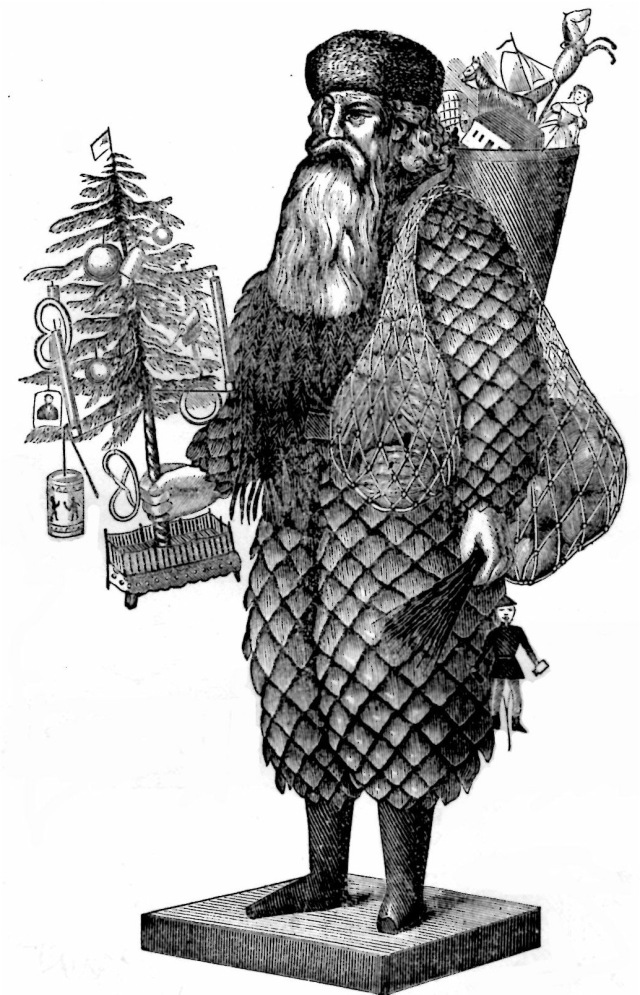Mediterranean pines are known for stress tolerance as they live in harsh environment where shortage of water is very common. All pines, but especially Mediterranean ones grow and keep different looking needles while they are young or adult. Young needles are quite soft and contain mainly photosynthetic tissue and have much less supportive tissue than adult needles. The study is about finding out the advantage of juvenile needles for the tree.
We concluded that due to different needle structure there are age-dependent differences in needle photosynthetic potentials, nitrogen use efficiency and mesophyll conductance that contribute to juvenile plants early growth and establishment. The experiment clarified more deeply our understanding of structural limitations to photosynthesis. Young seedlings need favorable conditions to survive, but when the chance is present, they grow needles that are as low cost and as efficient in photosynthesis as possible. Only after proper establishment of root system and couple of shoots, more durable needles are grown.
Citation: Kuusk, V., Niinemets, Ü., & Valladares, F. (2018). Structural controls on photosynthetic capacity through juvenile‐to‐adult transition and needle aging in Mediterranean pines. Functional Ecology, DOI: 10.1111/1365-2435.13087 (link to full text)

Old pine-man (pic from here)
Abstract
- Needle photosynthetic potentials strongly vary among primary (juvenile) and secondary (adult) needles (heteroblasty) in Pinus species, but there is limited understanding of the underlying structural, diffusional and chemical controls.
- We studied differences in needle photosynthetic characteristics among current‐year juvenile and adult needles and among different‐aged adult needles in Mediterranean pines Pinus halepensis Mill., P. pinea L. and P. nigra J. F. Arnold subsp. salzmannii(Dunal) Franco, hypothesizing that needle anatomical modifications upon juvenile‐to‐adult transition lead to reduced photosynthetic capacity due to greater limitation of photosynthesis by mesophyll conductance and due to an increase in the share of support tissues at the expense of photosynthetic tissues. We also hypothesized that such alterations occur with needle ageing, but to a lower degree.
- Photosynthetic capacity per dry mass was 2.4‐ to 2.7‐fold higher in juvenile needles, and this was associated with 3.4‐ to 3.7‐fold greater mesophyll diffusion conductance, 2‐ to 2.5‐fold greater maximum carboxylase activity of Rubisco (Vcmax) and 2.2‐ to 3‐fold greater capacity for photosynthetic electron transport (Jmax). The latter differences were driven by modifications in mesophyll volume fraction and changes in the share of nitrogen between structural and photosynthetic functions. Analogous changes in photosynthetic characteristics occurred with needle ageing, but their extent was less.
- These results indicate that conifer foliage photosynthetic machinery undergoes a profound change from a fast return strategy in juveniles to slow return stress‐resistant strategy in adults and that this strategy shift is driven by modifications in foliage biomass investments in support and photosynthetic functions as well as by varying mesophyll diffusional controls on photosynthesis. Changes in needle morphophysiotype during tree and needle ageing need consideration in predicting changes in tree photosynthetic potentials through tree ontogeny and during and among growing seasons.
